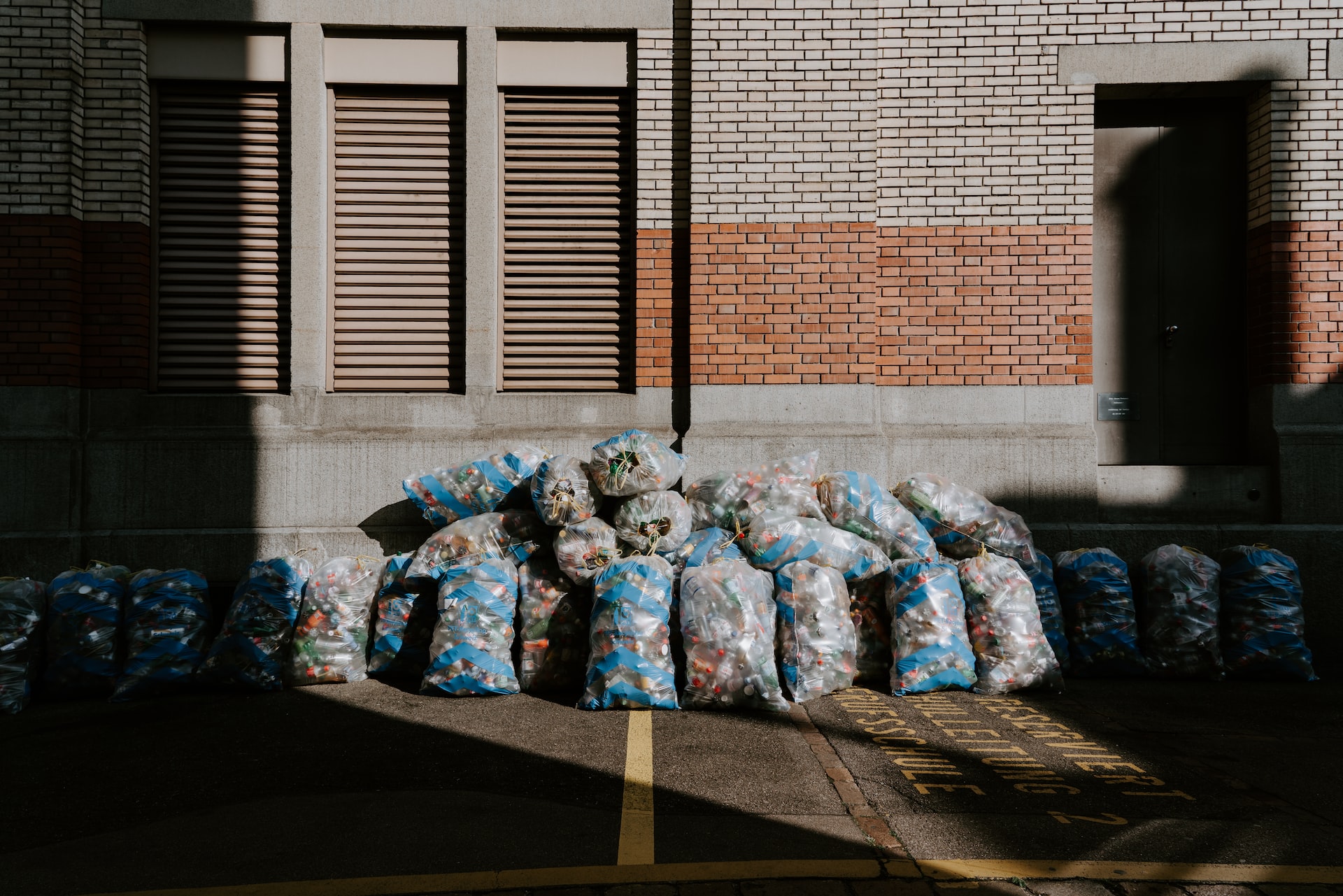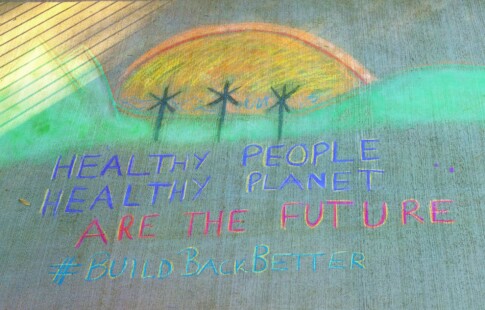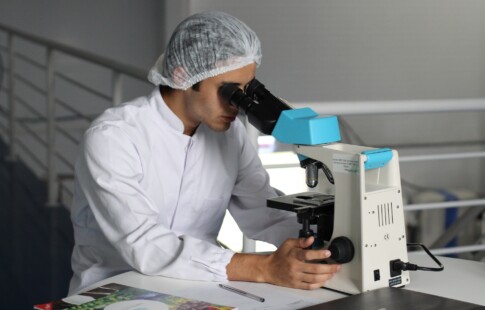
A Guide to Hazardous Waste Disposal Methods
We are reader-supported. When you buy through links on our site, we may earn affiliate commission.
The term “hazardous waste” encompasses precisely what it sounds like — human waste hazardous to health and the environment. Households generate over 2 billion tons of solid waste every year. Of that figure, 1% of all household waste is hazardous. It might not sound like a lot, but it’s 20 million pounds. Likewise, every bit of hazardous waste you don’t dispose of properly can have disastrous short and long-term consequences.
That’s why knowing how to properly dispose of hazardous waste is essential. This guide to hazardous waste disposal methods will teach you how to safely.
What Kind Of Products Turn Into Hazardous Waste?
Any flammable, corrosive or toxic household products are hazardous materials. While these items are usually everyday products you use in your house, they usually have warning labels indicating their dangerous nature.
Here are some everyday household items that may be considered hazardous:
- Paint
- Antifreeze
- Batteries
- Pesticides
- Drain cleaners
- Electronic wastes
- Solvents
- Adhesives
- Oil
- Cleaning agents
- Asbestos
- Products containing mercury
- Oven cleaners
Common Hazardous Waste Disposal Methods
Disposing of household hazardous waste can be relatively simple. Many states have recycling collection programs that turn hazardous materials into less dangerous materials.
However, you may not be able to recycle all chemicals due to their volatility. In this case, they must be destroyed. There are three main methods to dispose of hazardous waste — treatment plants, surface storage and secure landfills.
Treatment Plants
Treatment plants are the most sanitary way to dispose of hazardous materials. Engineers design these plants to destroy waste using chemical, biological or thermal methods. For instance, incineration is the most used treatment because it can completely eliminate most waste quickly and efficiently. Yet, the possibility of air pollution is a significant concern.
Chemical treatments include using mixtures of destructive compounds, such as oxidation and reduction, to break down harmful substances. As with incineration, there is the concern that the chemical treatments will produce toxic by-products.
Some treatment plants use biological methods to dispose of certain organic wastes. Landfarming is one form of biological disposal. This technique mixes waste with soil containing microorganisms to break down harmful substances.
Another process used in treatment plants is physical treatments, such as solidification. This method captures waste in concrete or asphalt mixed with lime and water, forming a block of cement used for other purposes.
Surface Storage
Hazardous wastes go to a surface facility if they’re untreatable. These include common landfills and waste storage facilities. However, this method of disposal is not ideal because of the negative environmental impact it can have.
On-site waste storage facilities must comply with strict regulations, such as protecting waste piles from wind and erosion so harmful materials don’t return to the environment. The facility uses advanced monitoring and control systems to prevent the generation of leachate — a fluid that percolates through piles of waste and becomes toxic.
Waste storage facilities use an open lagoon system to store hazardous liquid waste. These lagoons must have clay soils and membrane liners to ensure harmful chemicals don’t seep back into the ground. These lagoons do not effectively treat waste.
Additionally, many older surface storage facilities fall into disrepair and risk contaminating the surrounding land and water supply. Governments are making an effort to identify and remediate these facilities.
Secure Landfills
Landfills have a terrible reputation when it comes to hazardous waste disposal. Like surface storage facilities, landfills must adhere to strict regulations when under construction. One regulation requires at least 10 feet of separation between the storage facility and the underlying bedrock or groundwater table.
Additionally, landfills must have a secure double leachate collection system to prevent leachate from seeping into the soil and groundwater. Landfills are required to have a sophisticated groundwater monitoring system to detect groundwater contamination. This allows operators to intercept the leak as quickly as possible.
Liquid waste gets disposed using a method called deep-well injection. This process involves pumping liquid waste into porous rock such as sandstone using high-pressure wells. The liquid waste seeps into the rock and becomes trapped there. Deep well injection requires no pretreatment of waste and is relatively cheap, but like all storage methods, there is a risk of contamination.
Alternatives To Products Containing Hazardous Chemicals
Using more sustainable products means less hazardous waste. Fortunately, there are many natural replacements for hazardous chemical products. Here are a few examples:
- Vinegar: You can use vinegar as a natural cleaning agent. Mixing vinegar with other compounds, such as vegetable oil or water and lemon juice, can replace most surface cleaners.
- Baking soda: Like vinegar, baking soda mixed with other ingredients is an effective cleaning agent. Baking soda has numerous uses, including as a deodorizer, surface cleaner and scrubber for bathtubs and toilets.
- Castile soap: Castile soap is a natural soap made from vegetable and plant oil, making it non-toxic and biodegradable. You can use Castile soap as a surface cleaner and a bath soap, replacing most of your cleaning products.
- Hydrogen peroxide: Hydrogen peroxide is a safe, non-toxic substance with various uses. It is an excellent alternative to harsh cleaning products such as shower cleaners and stain removers and is much safer to use.
- Borax: Sodium borate, also known as Borax, is a relatively new option that has quickly gained popularity. You can use Borax — a salt of boric acid — as a cleaner and disinfectant when mixed with water. It’s strong enough to clean mold and mildew.
How You Can Help with Hazardous Waste Disposal Methods
In response to the dangers hazardous waste poses to the environment, the EPA has launched a safer choice program. This program provides consumers with a guide for purchasing more sustainable household products.
Most forms of hazardous waste disposal come with risks to the environment. Using the alternatives stated above, you can reduce the number of hazardous products you use. Less hazardous waste means cleaner disposal methods.
Share on
Like what you read? Join other Environment.co readers!
Get the latest updates on our planet by subscribing to the Environment.co newsletter!
About the author
Steve Russell
Steve is the Managing Editor of Environment.co and regularly contributes articles related to wildlife, biodiversity, and recycling. His passions include wildlife photography and bird watching.





